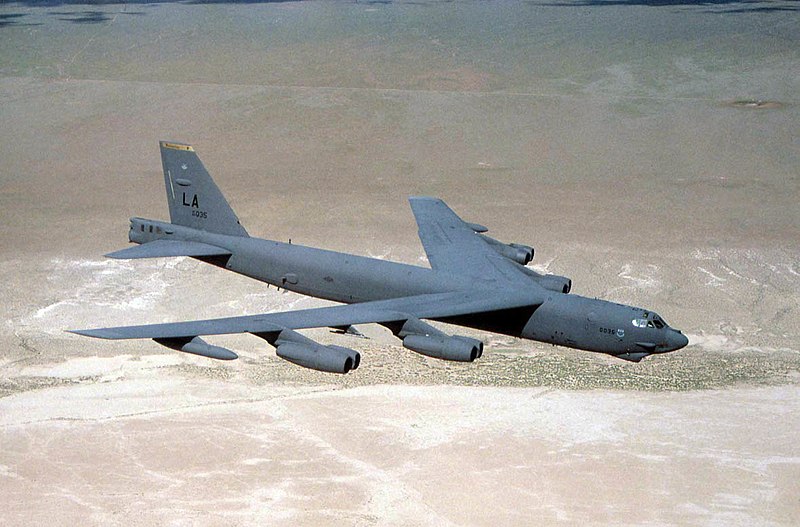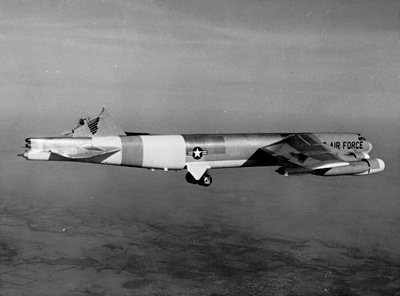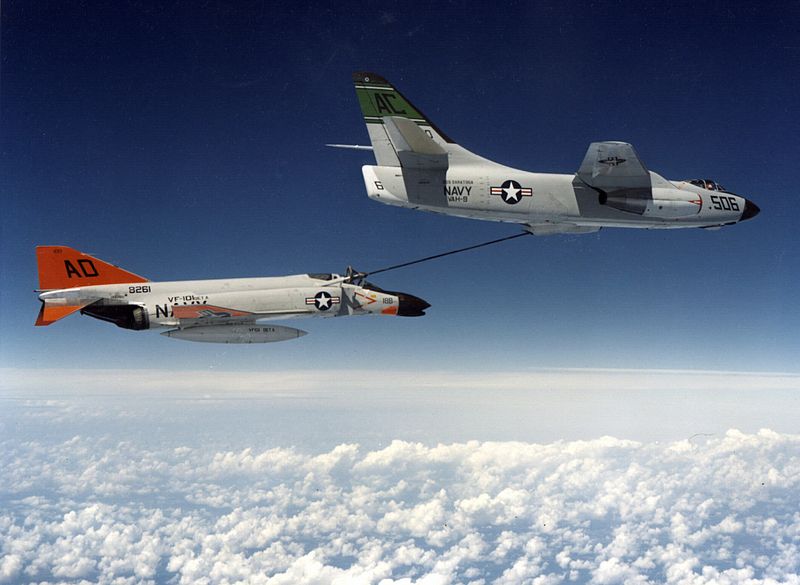The Boeing B-52 Stratofortress is a long-range, subsonic, jet-powered strategic bomber. The B-52 was designed and built by Boeing, who have continued to provide support and upgrades. It has been operated by the United States Air Force (USAF) since the 1950s. The bomber carries up to 70,000 pounds (32,000 kg) of weapons.
Beginning with the successful contract bid on 5 June 1946, the B-52 design evolved from a straight-wing aircraft powered by six turboprop engines to the final prototype YB-52 with eight turbojet engines and swept wings. The B-52 took its maiden flight in April 1952. Built to carry nuclear weapons for Cold War-era deterrence missions, the B-52 Stratofortress replaced the Convair B-36. Although a veteran of a number of wars, the Stratofortress has dropped only conventional munitions in combat. Its Stratofortress name is rarely used outside of official contexts; it has been referred to by Air Force personnel as the BUFF (Big Ugly Fat/Flying Fucker/Fellow).



The B-52 has been in active service with the USAF since 1955. The bombers flew under the Strategic Air Command (SAC) until it was disestablished in 1992 and its aircraft absorbed into the Air Combat Command (ACC); in 2010 all B-52 Stratofortreses were transferred from the ACC to the new Air Force Global Strike Command (AFGSC). Superior performance at high subsonic speeds and relatively low operating costs have kept the B-52 in service despite the advent of later aircraft, including the Mach 3 North American XB-70 Valkyrie, the variable-geometry Rockwell B-1B Lancer, and the stealthy Northrop Grumman B-2 Spirit. The B-52 marked its 50th anniversary of continuous service with its original operator in 2005. from
wikipedia |
| A B-52H from Barkdale AFB flying over the desert |
 |
| Models 462 (1946) to 464–35 (1948) |
 |
| Models 464-49 (1949) to B-52A (1952) |
 |
| XB-52 Prototype on flight line (X-4 in foreground) |
 |
| Side view of YB-52 bomber, with bubble canopy similar to that of the B-47 |
 |
| B-52H (61-0023), configured at the time as a testbed to investigate structural failures, still flying after its vertical stabilizer sheared off in severe turbulence on 10 January 1964. The aircraft landed safely. |
 |
| Lower deck of the B-52 dubbed the battle station |
 |
| A B-52D with antiflash white on the under side. |






















































